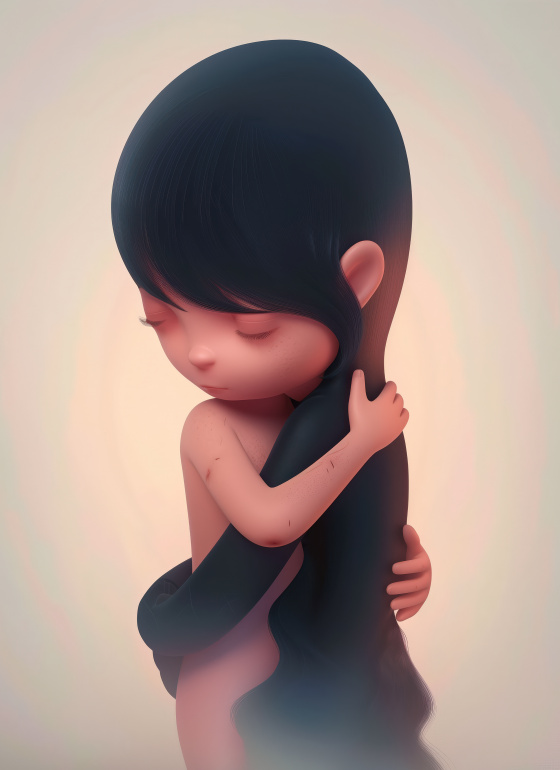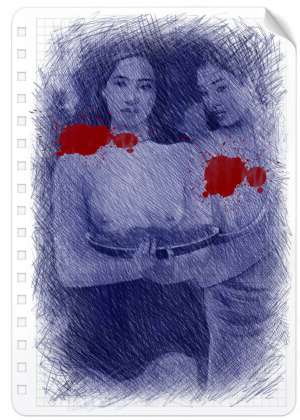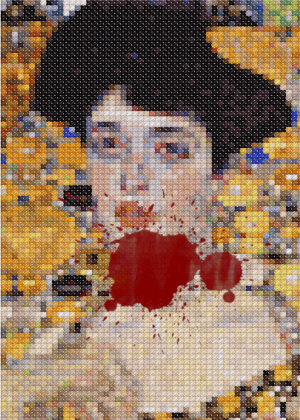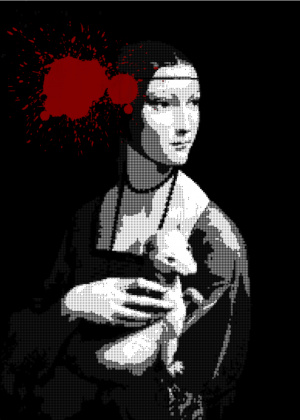"Silent Embrace: A Cry Against Femicide" is a profoundly evocative piece that depicts a young woman in a tender, self-protective embrace, with her long, flowing hair forming the silhouette of another figure hugging her from behind. This unique visual narrative symbolises the inner strength and the unseen support that women draw upon in the face of violence.
The soft pastel hues and delicate shading highlight her vulnerability, while the intertwined figures represent solidarity and the shared struggle against gender violence. The gentle expression on her face conveys a profound sense of sorrow and resilience, reflecting the emotional depth of the issue at hand.
This artwork is a poignant commentary on the harrowing issue of femicide and gender violence, aiming to raise awareness and inspire change. It calls on viewers to reflect on the staggering statistics of femicide and the urgent need to protect women and girls worldwide. The visual metaphor of the hair forming another person emphasises the interconnectedness of women’s experiences and the collective call for action.
Through its emotional depth and symbolic details, "Silent Embrace: A Cry Against Femicide" stands as a testament to the strength and vulnerability of women, reminding us that true change begins with acknowledging the silent cries of those who suffer and the unseen bonds of support that sustain them.
This poster belong to
Stop killing women
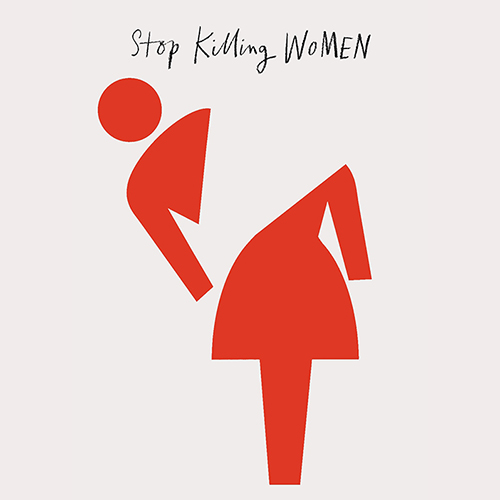
According to UN Women, 2022 was the year in which the most women were intentionally murdered to date: nearly 89,000. Of these ‘Around 48,800 women and girls worldwide were killed by their intimate partners or other family members (including fathers, mothers, uncles and brothers). This means that, on average, more than 133 women or girls are killed every day by someone in their own family.’
If it’s not bad enough that femicide is increasing, the real statistic is probably much higher: ‘for roughly four in ten intentional murders of women and girls, there is not enough information to identify them as gender-related killings because of national variation in criminal justice recording and investigation practices’.
This must change. So this year, we want to ask your help in drawing attention to all forms of violence against women: for the world to stop killing women.
Readmore

